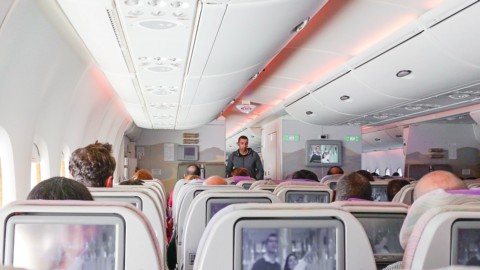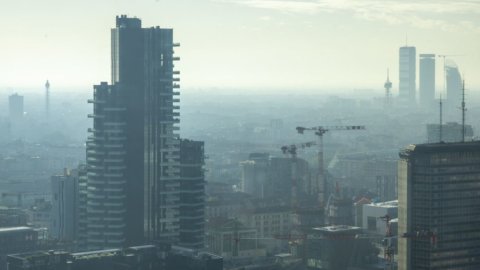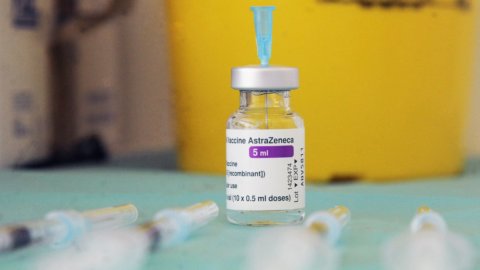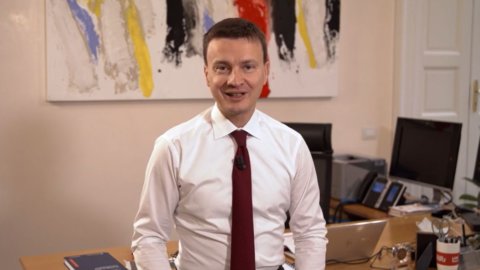Flights and coronavirus: how do you travel by plane in the time of the pandemic? Is a mask and distancing from other passengers enough to protect us in the sky? Answering these questions is not easy, given that in an airplane - where the environment is closed, space is limited and air exchange is limited - contagion is more likely than elsewhere. For clarity, the European Aviation Safety Agency (EASA) and the European Center for Disease Prevention and Control (etc) wrote a 28-page document listing all the rules to be respected in the skies.
FLIGHTS AND CORONAVIRUS: ATTENTION TO THE NUMBER OF MASKS
The most important prescription, of course, concerns the mask, which must never be removed. But never: from when you enter the departure airport to when you leave the arrival airport. And, of course, during the flight. The only exception is for children under 6 years old.
All the others will be able to release the elastic bands from the ears only to replace the device (mandatory) every 4 hours. If the journey is long, therefore, it is necessary to bring several masks with you.
Passengers found in flight without a mask will be treated as "harassment or violence": that is, once landed, they will be handed over to the police.
SOCIAL DISTANCE: SURRENDER TO COMPANIES
Less emphasis is placed on social distancing. In theory, at least five feet of space between people should be maintained on board the aircraft, but only "where permitted by the number of passengers, the configuration of the cabin and the requirements on the distribution of weights on board". In short, if it is not possible, it can also be done without it.
Moreover, as happens in restaurants in Italy, cohabiting passengers can sit in consecutive seats: it would in fact be absurd to separate people who live in the same house, where they do not respect any safety distance.
In the rebus between flights and the coronavirus, it was precisely the problem related to spaces that had most aroused the protests of the airlines. Ryanair had even threatened to remain closed, as an excessive reduction of passengers on board would have made the activity economically unsustainable.
The international authorities are therefore meeting the needs expressed by the companies, but opening up may not be enough to extinguish the controversy, given that national bodies have the power to impose more restrictive rules on flights and the coronavirus.
[ Read also: Alitalia: squeeze on Ryanair and low cost to save it ]
FLIGHTS AND CORONAVIRUS: WHAT HAPPENS AT THE AIRPORT
Only passengers (not accompanying persons) can access the terminals and only if they wear a mask. All travelers are then measured body temperature with thermoscanners: in Italy those who are at least 37 and a half are left on the ground, while for Easa and Ecdc the limit temperature is 38 degrees.
NEW FREE REFUND RIGHT
Finally, if before departure the passenger certifies with a medical certificate that he is not in good physical condition, the airlines are obliged to refund or change the reservation free of charge.





